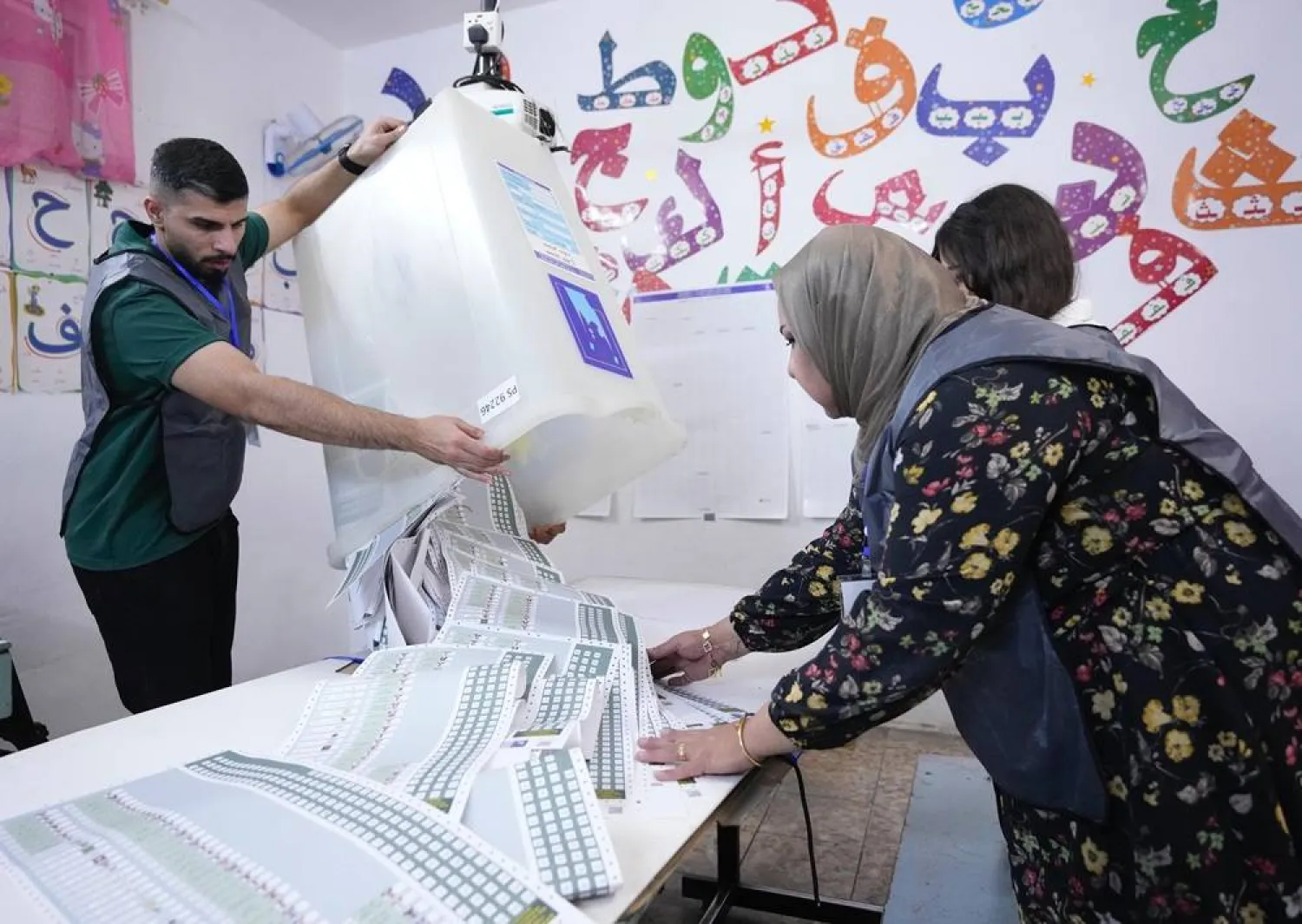As the war in Ukraine enters its third year, the conflict will be determined not just on the battlefield but also in Western capitals and other places far from the front lines.
With Ukrainian forces on the back foot, short of ammunition and forced to retreat in some areas, Kyiv's ability to repel Russia's invasion depends heavily on Western military, financial and political backing.
Here are some of the factors that may influence Western support for Ukraine in the year ahead:
US aid package in Congress
A bill stuck in the US Congress that includes some $60 billion in aid for Ukraine - much of it military - is vital for Kyiv's forces, Western and Ukrainian officials say.
"Every week we wait means that there will be more people killed on the frontline in Ukraine," NATO boss Jens Stoltenberg told a major security conference in Munich last weekend.
The US Senate passed the bill, which also includes aid for Israel and Taiwan, on Feb. 13. But it faces strong resistance from Republicans close to ex-President Donald Trump in the House of Representatives. House Speaker Mike Johnson has resisted pressure from the White House to call a vote on the bill.
European officials said they were somewhat more positive about the legislation's prospects after discussions with US lawmakers at the Munich conference but expected it would still take some time before the measure passes, if it does at all.
Ammunition supply
Much of the war has descended into grinding artillery battles, with both sides firing thousands of shells every day.
Ukraine could fire more shells than Russia for much of 2023 but the tables have turned as Moscow has ramped up production and imported rounds from North Korea and Iran, analysts say.
Michael Kofman, a researcher at the Carnegie Endowment for International Peace, a Washington-based think-tank, estimates Russian artillery is firing at five times the rate of Ukraine's.
A vital factor for Kyiv this year will be "whether Western partners can catch up to Russian artillery production and supply Ukraine with the shells and barrels they need", said Professor Justin Bronk, a researcher at British defense think tank RUSI.
Weapons decisions
Ukrainian leaders have also been pushing their Western counterparts to deliver new weapons systems, above all longer-range missiles to strike further behind Russian lines, such as US ATACMS and Germany's Taurus.
"We can't increase the production of ammunition overnight. But we can take decisions immediately to deliver to the Ukrainians weapons they really need," said former NATO boss Anders Fogh Rasmussen, a close ally of the Ukrainian government.
The US has supplied only older, medium-range ATACMS but the Biden administration is now working towards delivering newer longer-range weaponry. However, any such move may depend on approval of the aid bill currently held up by the House.
German Chancellor Olaf Scholz has resisted entreaties from Kyiv and some NATO allies to supply the highly advanced Taurus system. German officials have cited concerns that the missiles could escalate the war inside Russian territory and could be seen as more direct German involvement in the conflict.
War in the Middle East
The war in Gaza, triggered by the Oct. 7 Hamas attack on Israel, means Western leaders have had less time and political energy to devote to Ukraine. If it deteriorates further or escalates into a regional war, that will be even more the case.
Also, leaders in the Global South have accused the West of double standards over its attitudes to the wars in Ukraine and Gaza, making it more difficult for Kyiv and its allies to rally support for a summit in support of Ukraine's peace blueprint.
"Russia is definitely benefiting from those developments," said Vsevolod Chentsov, Ukraine's ambassador to the European Union.
"We work with the Global South, we try to engage them as much as possible in our efforts ... We keep working on that, it's a difficult issue."
NATO summit, Washington July 9-11
The summit may not directly affect the battlefield but could affect the political mood and morale in Ukraine.
Ukraine and some of its supporters continue to push NATO to invite Kyiv to join the military alliance - whose members pledge to treat an attack on one of them as an attack on all - or at least bring the country closer to membership.
But the United States, NATO's predominant power, and Germany are among those resisting such a step, arguing it could draw the alliance closer to a direct conflict with Russia, diplomats say.
Rasmussen, the former NATO boss, is working with the Ukrainian government and a group of international figures on a proposal that would set out a clear path to membership, with the aim of influencing the outcome of the Washington summit.
US presidential election
Trump was a fierce critic of NATO as president, repeatedly threatening to pull out of the alliance. He cut defense funding to NATO and frequently said that the United States was paying more than its fair share.
On Russia's war in Ukraine, Trump has called for de-escalation and complained about the billions spent so far, although he has put forward few tangible policy proposals.
President Joe Biden, 81, made the controversial decision to run for a second term in large part because he was convinced he would face Trump, 77, and because he thinks he is the Democrat who can beat him in the November election.
But public opinion polls show him tied with Trump and Americans continue to worry about high prices and question his age, his economic plans and his policies on the border and in the Middle East.
Trump has held a commanding lead against his rivals for the Republican nomination despite his mounting legal troubles. However, a Reuters/Ipsos poll earlier this month showed that one in four self-identified Republicans and about half of independents responding said they would not vote for Trump if he was convicted of a felony crime by a jury.









